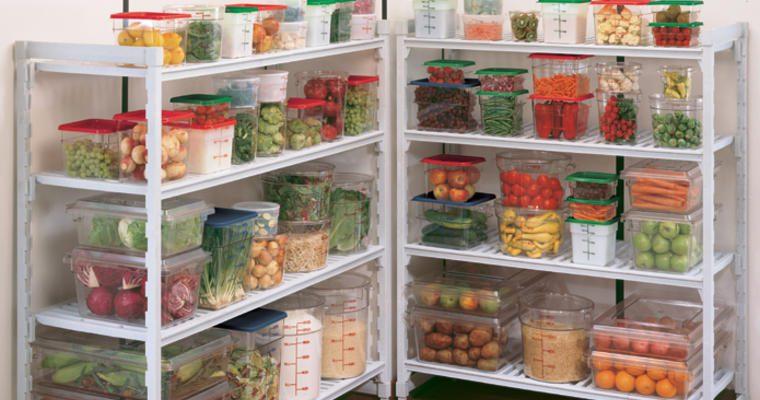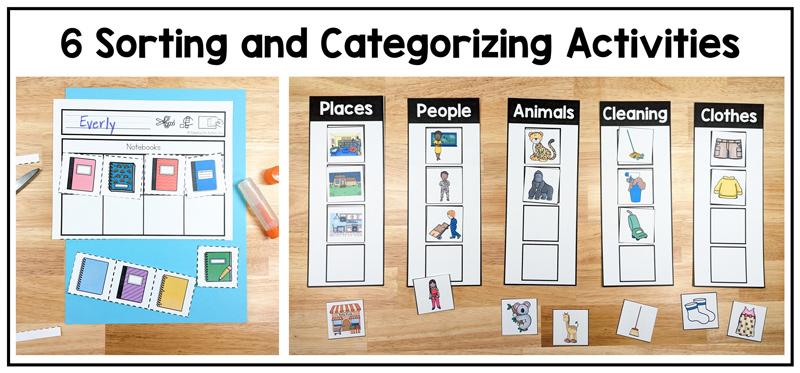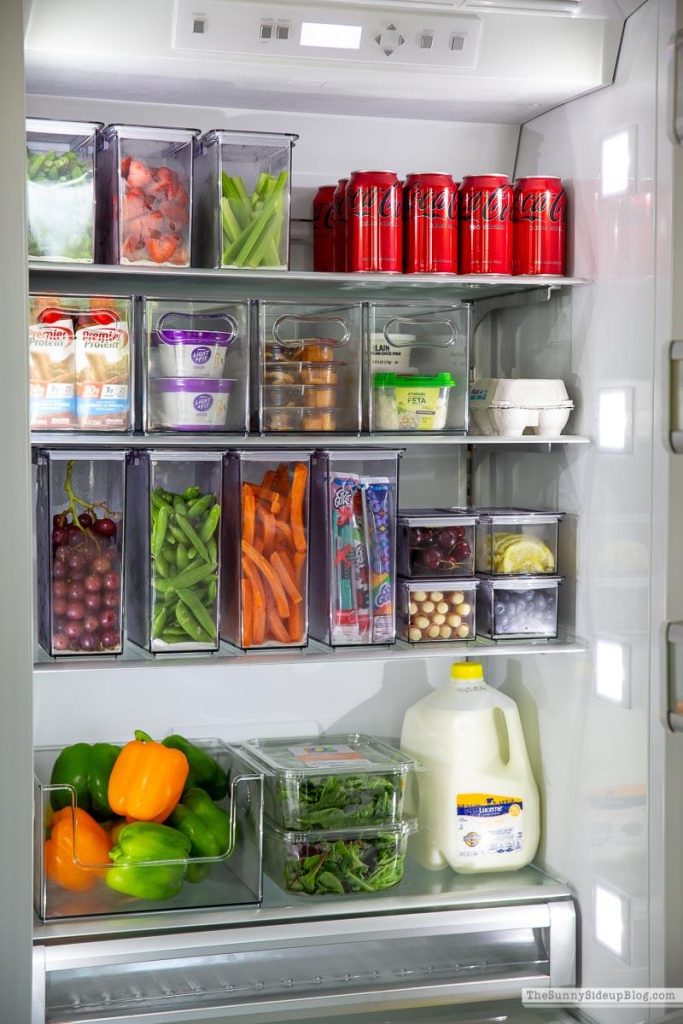As the heart of the kitchen, the fridge and freezer play a vital role in food preservation and meal preparation. However, for many households, these essential appliances often become chaotic, leading to wasted food, lost ingredients, and a frustrating cooking experience. An organized fridge and freezer not only maximizes space and accessibility, but it also promotes a healthier lifestyle by encouraging the use of fresh produce and minimizing food waste. In this article, we will explore efficient strategies for organizing your fridge and freezer. From categorizing food groups and labeling containers to implementing smart storage solutions, these practices will help transform your cooling compartments into well-structured, efficient spaces where every ingredient has its designated place. With a few thoughtful adjustments, you can streamline your culinary endeavors and make the most of every meal.
Table of Contents
- Understanding the Importance of Proper Food Storage in Refrigeration
- Techniques for Categorizing Items to Maximize Space and Accessibility
- Maintaining Optimal Temperatures to Preserve Food Freshness and Safety
- Implementing a System for Regular Inventory and Rotation of Supplies
- To Conclude
Understanding the Importance of Proper Food Storage in Refrigeration

Understanding the role of proper food storage in refrigeration is crucial for maintaining food safety and maximizing the lifespan of perishable items. By storing food correctly, you reduce the risk of harmful bacteria development and the likelihood of spoilage. Here are several key principles to consider for efficient food preservation:
- Temperature Control: Keep the refrigerator at or below 40°F (4°C) and the freezer at 0°F (-18°C) to ensure optimal storage conditions.
- Air Circulation: Allow for adequate airflow by not overcrowding the fridge, which supports even cooling.
- Proper Sealing: Use airtight containers and wraps to minimize exposure to air and prevent freezer burn.
- Labeling: Clearly label containers with contents and dates to prioritize consumption and avoid waste.
Additionally, categorizing food items can greatly enhance the efficiency of your fridge and freezer organization. Keeping similar items together allows for easier access and helps you quickly identify what needs to be consumed first. A useful way to visualize this is through a simple categorization table:
| Category | Items |
|---|---|
| Fruits & Vegetables | Apples, Carrots, Lettuce |
| Dairy Products | Milk, Cheese, Yogurt |
| Meats | Chicken, Beef, Fish |
| Leftovers | Pasta, Stir-fry, Soups |
Techniques for Categorizing Items to Maximize Space and Accessibility

To optimize space and improve accessibility in your fridge and freezer, start by grouping similar items together. Consider categorizing food based on their types, such as:
- Dairy Products: Milk, cheese, yogurt
- Fruits and Vegetables: Fresh produce, herbs
- Meats and Fish: Raw, cooked, and deli items
- Frozen Foods: Ready meals, fruits, and ice creams
This method not only helps in quickly locating your items but also keeps your food fresher for longer by minimizing temperature fluctuations. Additionally, use clear, stackable containers to compartmentalize ingredients within the larger categories. Label each container clearly with the contents and expiry dates to enhance visibility and reminder of use.
| Category | Recommended Storage Method | Optimal Location |
|---|---|---|
| Dairy Products | Keep in original packaging or opaque containers | Middle shelf |
| Fruits and Vegetables | Use breathable bags or crisper drawers | Bottom drawers |
| Meats and Fish | Wrap tightly or store in airtight containers | Lowest shelf |
| Frozen Foods | Use clear bins for segregation | Freezer compartment |
Maintaining Optimal Temperatures to Preserve Food Freshness and Safety
To preserve the freshness and safety of food, it is essential to maintain optimal temperatures within your fridge and freezer. Most refrigerators operate efficiently at temperatures between 35°F to 38°F (1.7°C to 3.3°C), while freezers should ideally be set at 0°F (-18°C). Keeping an accurate thermometer in both compartments can help ensure the correct temperatures are maintained. Furthermore, rearranging items based on their temperature needs can significantly enhance food preservation. Here are some tips to achieve an effective layout:
- Place raw meats on the bottom shelf to prevent cross-contamination.
- Store dairy products in the middle where the temperature is most consistent.
- Keep fruits and vegetables in the designated crisper drawers, ideally at slightly higher humidity.
Additionally, regular audits of your fridge and freezer can help minimize the risk of spoilage and foodborne illnesses. It is advisable to schedule distinct days for replenishing stock and rotating items to ensure the first-in, first-out principle is upheld. The following table provides simple classifications for food storage:
| Food Item | Recommended Storage Location | Shelf Life |
|---|---|---|
| Milk | Middle Shelf | 1 week |
| Chicken | Bottom Shelf | 1-2 days (raw) |
| Frozen Vegetables | Freezer | 8-12 months |
| Eggs | Middle Shelf | 3-5 weeks |
By implementing these strategies, you not only enhance the organization of your fridge and freezer but also ensure that food remains safe and fresh for longer durations, ultimately reducing waste and saving money.
Implementing a System for Regular Inventory and Rotation of Supplies
To maintain an organized fridge and freezer, establishing a systematic approach for inventory and supply rotation is essential. Begin by designating specific days each month for inventory checks, allowing you to keep track of what you have on hand. During these checks, categorize items by type—fruits, vegetables, meats, and dairy—and ensure that you take note of expiration dates. This practice will help prevent spoilage and reduce food waste. Utilize clear storage bins to group similar items, making it easier to identify when stocks are low and need replenishing.
Incorporating a first-in, first-out (FIFO) method into your inventory system can significantly enhance freshness. Label each item with the date of purchase and position the older items in front, pushing newer purchases to the back. This ensures that the oldest supplies are used first. A simple table can help visualize your inventory status:
| Item | Date Purchased | Expiration Date |
|---|---|---|
| Chicken Breast | 10/01/2023 | 10/08/2023 |
| Spinach | 10/02/2023 | 10/05/2023 |
| Almond Milk | 09/30/2023 | 12/30/2023 |
To Conclude
adopting efficient strategies for organizing your fridge and freezer can significantly enhance your culinary creativity while minimizing food waste and saving you time and money. By implementing clear labeling systems, utilizing storage containers, and regularly checking expiration dates, you can transform these essential appliances into well-ordered spaces that support your lifestyle. Remember that organization is not a one-time task, but an ongoing process. Regularly reassessing your storage habits and making small adjustments can lead to a more functional and efficient kitchen. As you take these steps, you’ll find that not only will meal preparation become easier, but you’ll also enjoy the peace of mind that comes from knowing your food is stored safely and effectively. Embrace these strategies, and let your organized fridge and freezer inspire your next delicious meal.



